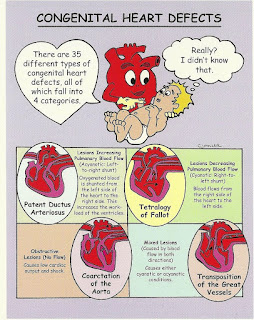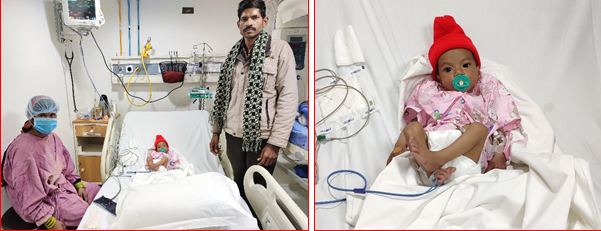Providing Lifesaving Treatment for Children with Heart Defects – Start Donating Today

-Contributed by Aarohi Arora Shalini (name changed), a 10th-grade student from western India, had been feeling unusually tired, breathless, and uneasy for months. After several tests, doctors diagnosed her with a rare heart defect, Ruptured Sinus of Valsalva (RSOV) to the Right Atrium, along with heart failure and severe pulmonary hypertension. The condition required urgent treatment, but her mother, the sole earner, couldn’t afford it. With support from Genesis Foundation, Shalini received timely surgery at one of their partner hospitals . She was discharged in stable condition and is now recovering well. This is one of the many lives Genesis Foundation strives to save through timely medical intervention and compassionate care. Genesis Foundation is an NGO in Haryana, working in the field of Congenital Heart Disease Donation , providing end-to-end support. They provide financial assistance to families with monthly income of under Rs.20,000. Over the last 24 years, they ha...










